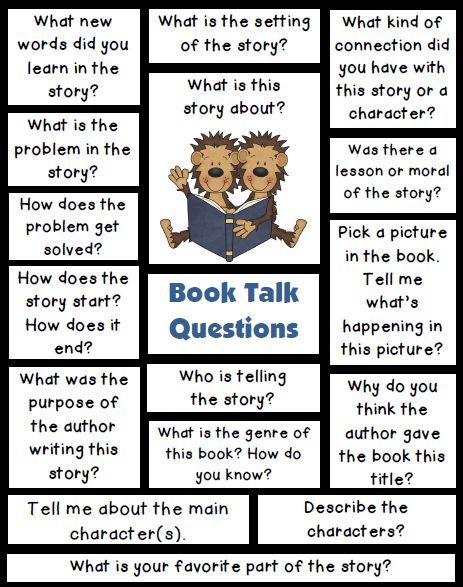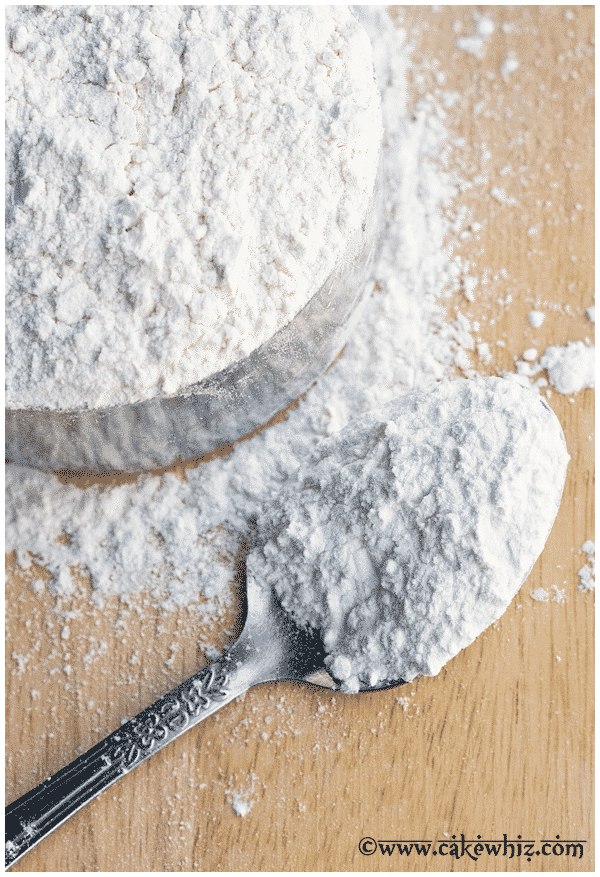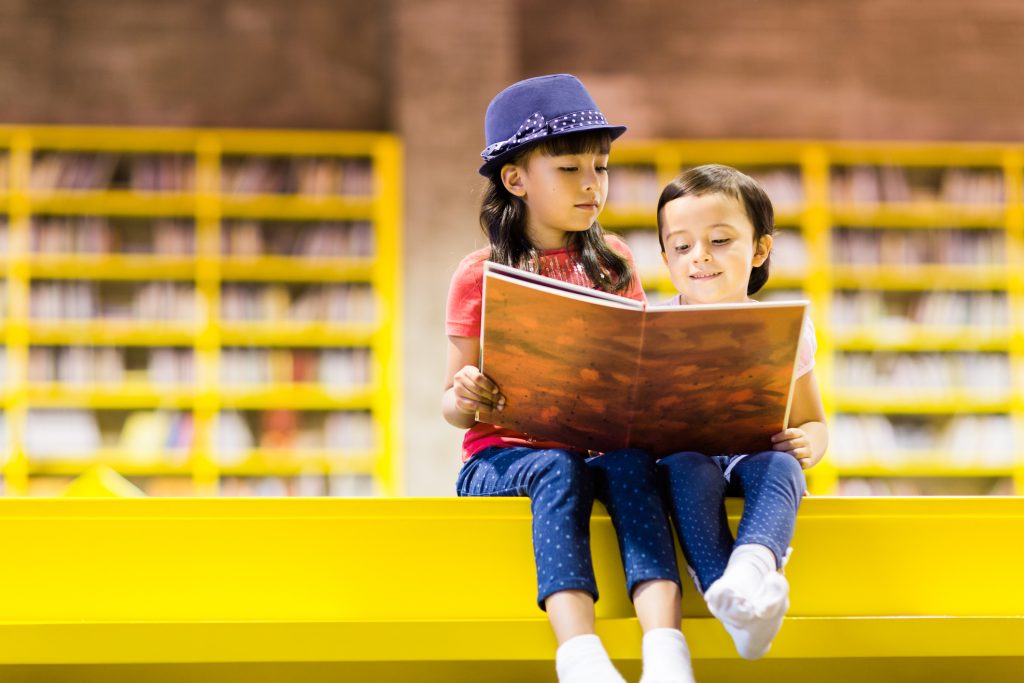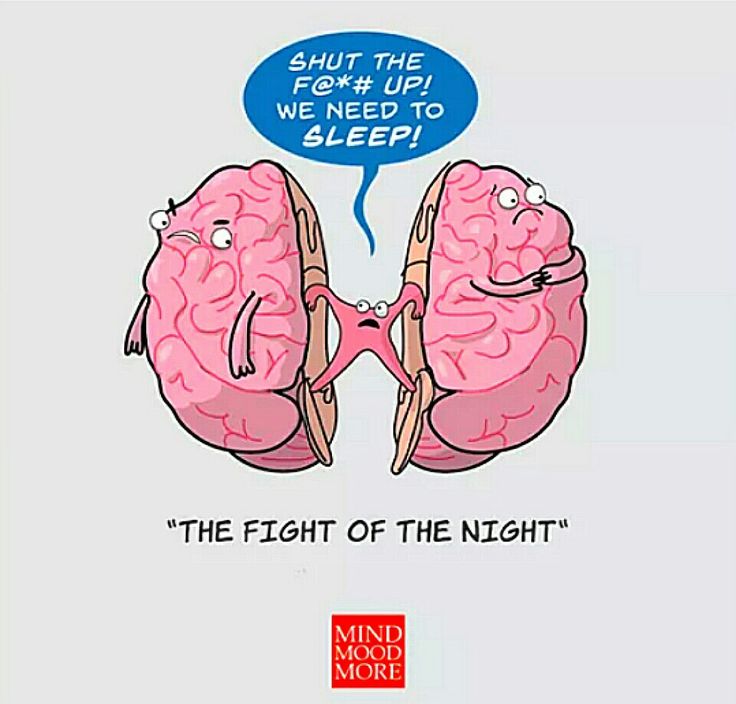Learning colours for children
Learning About Colours: 31 Activities for Preschoolers
- Share
Colour identification is an important part of a child’s development. Here are 31 learning about colours activities your kids will love.
They are great for teaching colours to toddlers and preschoolers, and many are still suitable for kindergarten kids.
Why Is It Important to Learn Colours?
Learning the colours is a milestone in early childhood and represents a child’s cognitive understanding.
Exposing children to and teaching them about the colours develops their visual perception – which is the ability of the brain to correctly interpret what the eyes see. This is an important pre-reading skill.
How Do I Teach My Child Colours?
Colours are a part of daily life and are all around us. The best way for children to learn them is to experience them and play with them.
The concept of colours can’t be taught in one sitting and kids need lots of experiences to learn them.
Make use of everyday opportunities to talk about colour and to point it out in the environment. Ask your child to pass you the pink bunny and the blue hat. Point out that he is drawing with the purple crayon.
Try not to default to worksheets at too young an age – there are many more meaningful ways to teach colour in a way that will imprint in children’s memories.
Colour games and activities are a great way for kids to learn the colours as they are hands-on, interactive and fun.
Colour Activities for Preschoolers and Toddlers
Here are a few ideas to try at home or at school.
1. I Spy With My Little Eye
Play a game of I Spy With My Little Eye. Identify objects by colour and add in more details for clues:
“I spy with my little eye something blue that you wear on your head.”
2. Colour Collage
Make a colour collage by using paper tearings in only one colour. For young toddlers provide the paper tearings, but let older kids find and tear the colour in a magazine or set of coloured papers.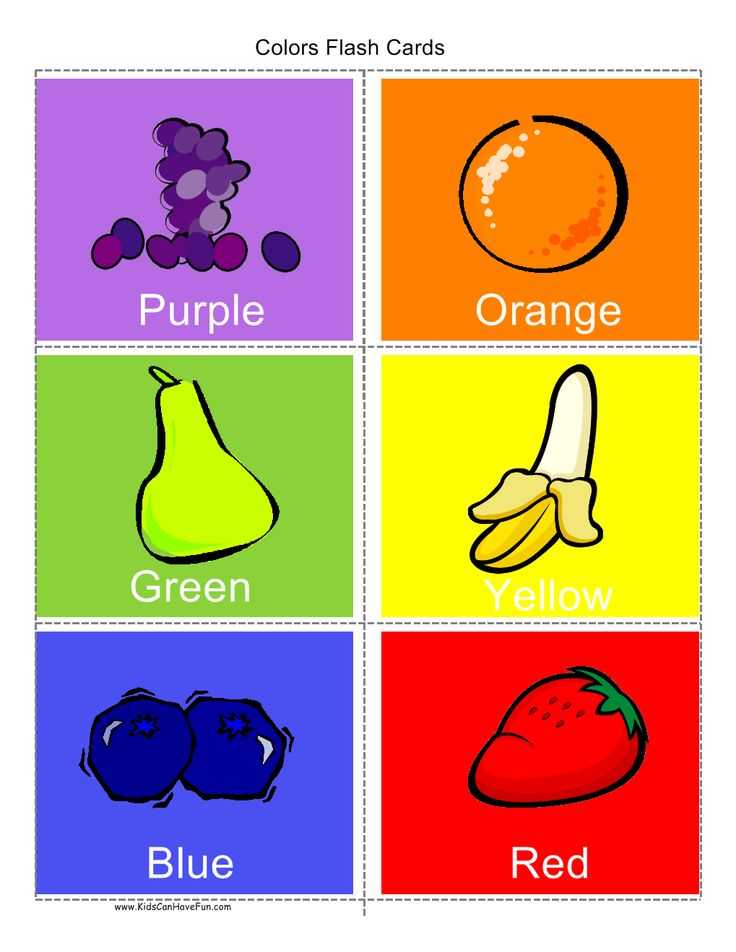
Use different collage materials for this, not just paper.
3. Sorting and Grouping
Teach kids to see the differences in colours by doing sorting activities.
Sort beads, buttons, blocks or coloured counters into separate baskets, containers or egg boxes.
4. Matching Cards
Play a classic memory game of matching the pairs of cards, using only plain-coloured cards. They are easy to make – you just need two of every colour.
Get your own memory game cards by downloading the FREE set of printables at the end of the post.
5. Park the Cars
Play with cars in various colours and make little parking garages out of boxes or paper. You could even draw them on the paving with chalk.
Make each parking spot a different colour and get kids to park the car in the corresponding colour.
6. Object Sort
Do a colour sort with mixed objects. Collect household objects and toys that have one distinct colour and sort them into groups, according to their colours.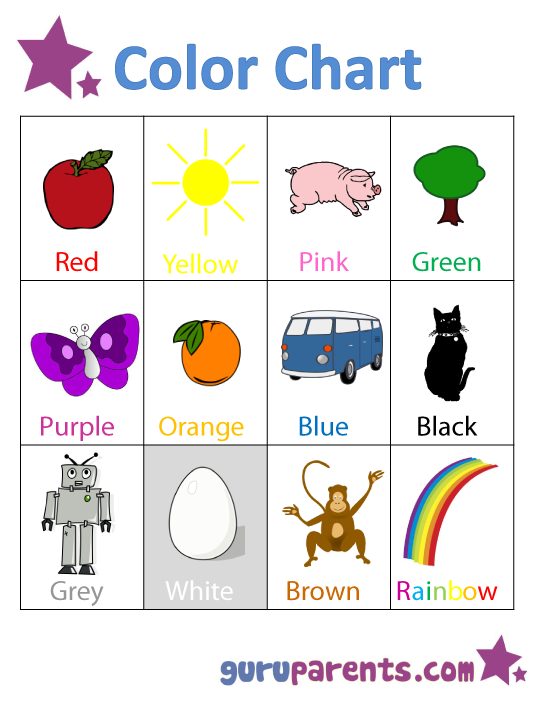
7. Label the Environment
Make small coloured labels with the name of the colour written on them and place these in familiar environments like a classroom or bedroom, labelling the most common items and spaces.
8. Bean Bag Toss
Incorporate movement into learning by playing with bean bags. Throw different coloured beanbags randomly at kids and as they try to catch them, they must shout out the colour before they touch them.
9. Colour Hunt
Go on an indoor or outdoor colour hunt. Give kids a basket and allocate a different colour to each. They must go in search of items of that colour and place them in their basket.
10. Listen and Draw Picture
‘Listen and draw’ pictures are great not only for developing listening skills but also for teaching concepts such as shape and colour.
Tell kids to:
- Draw a green hill
- Draw a black sheep standing on the green hill
- Draw a blue flower at the foot of the hill
- etc.
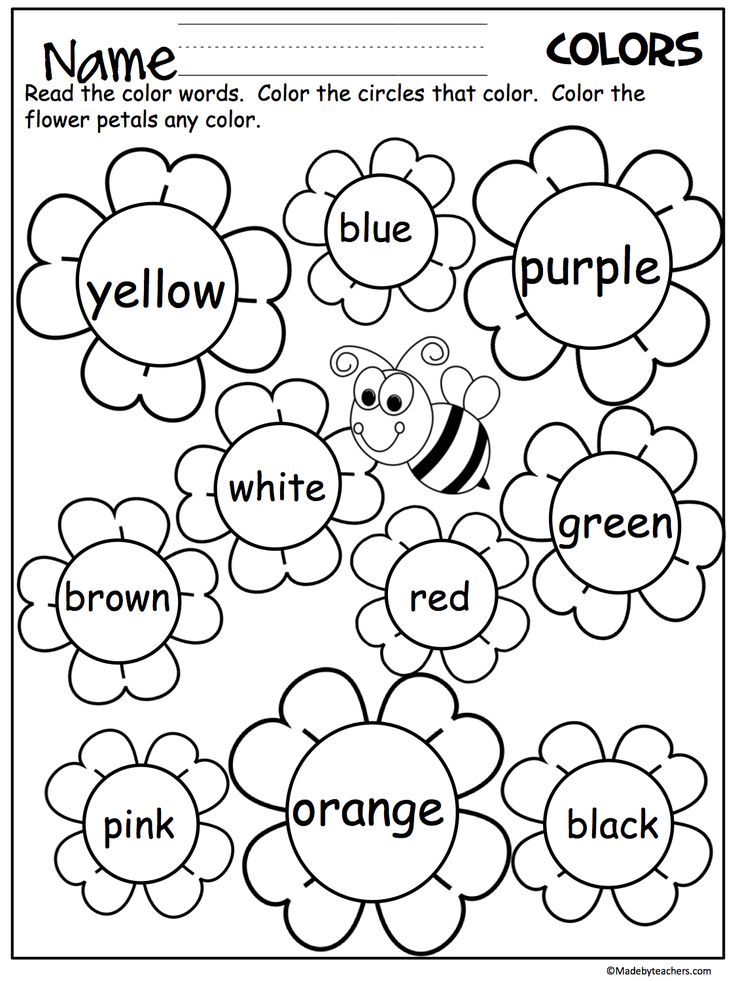
Here are some examples of following directions drawing activities.
11. Car Games
Play games in the car to keep kids entertained and learning at the same time. Pick a colour and count how many cars of that colour go past you.
Make a challenge such as seeing if you can reach 20 yellow cars before you get to your destination.
12. Colour Plates
Using a white paper plate and some coloured pegs, draw or paint strokes of the colours around the edges of the plate. Get kids to place the pegs onto the corresponding sections of colour.
You could even make a pattern, such as blue-yellow-yellow-blue-yellow-yellow.
13. Picture Hunt
Do a picture hunt using a magazine or any children’s books. Challenge kids to find images in their books of various colours.
For example, point out all the green items you can in this Dr Seuss book, or cut out all the blue items from this magazine.
14. Tissue Paper Tearing
Tearing is an important fine motor activity.
Provide tissue paper in a few colours and get kids to tear it up and create a picture with the tearings and some glue.
15. Colour Mixing
For a colour mixing activity, provide the three primary colours – red, yellow and blue – and mix them together to see the following combinations:
- Red and yellow make orange
- Blue and yellow make green
- Red and blue make purple
Introduce kids to the concept of shades of colours by adding white or black to make them lighter or darker.
16. Matching Socks
Luckily for parents, all kinds of domestic chores provide great learning opportunities. Give your kids the pile of socks to match according to colours and patterns.
17. Sort the Laundry Basket
Don’t stop there. As you fold the laundry, ask your child to sort all the unfolded laundry into piles by colour.
18. Fruit and Veg Sort
Had a trip to the market? Get your kids to categorize the fruit and vegetables by colour.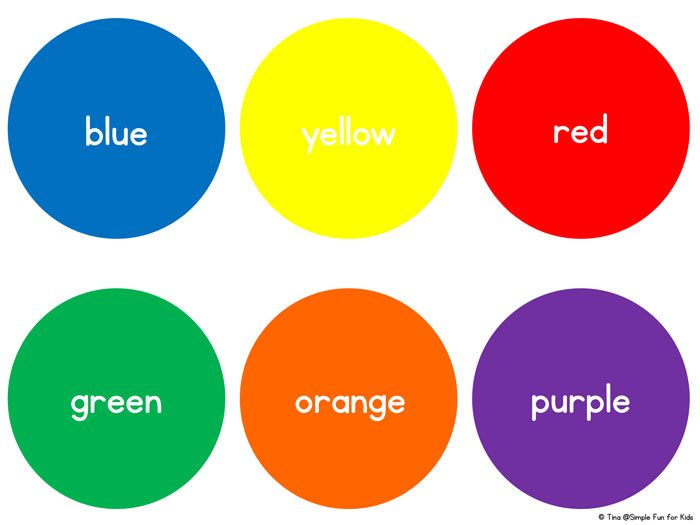
While you are cooking, involve your kids with requests such as “please fetch me three orange carrots and that packet of green baby marrows.”
19. Songs about Colours
Sing songs about the colours. Here are lots of fun rainbow songs to teach your kids.
This post contains affiliate links for educational products that I personally recommend. If you purchase through one of them, I earn a commission at no extra cost to you. Read the terms and conditions for more details.
20. Books about Colours
Read your kids books about colours or simply read colourful books and discuss the colours of the characters or objects.
Books such as Brown Bear, Brown Bear, What Do You See and Dog’s Colorful Day are a hit with toddlers.
21. Colour Bracelet
Make a fun colour bracelet with cereal loops or macaroni dyed with food colouring. Make it all one colour or make a pattern with two or three colours.
22. Colour Patterns
Teach kids to follow patterns by drawing or building colour patterns with objects such as blocks, beads or counters.
For younger kids, use only two colours in a pattern and increase it for older kids.
23. Light Table
Place transparent coloured objects or materials such as plastic or cellophane onto a light table and let kids experiment with them and explore the properties of colour.
24. Sensory Stations
This can be a great way to incorporate colour into sensory play. Set up stations with coloured rice, coloured materials or use some of these sensory station ideas.
25. Bathtub Fun
Bring colour into bathtub fun by dropping in ice blocks (coloured with food colouring), watching coloured bath fizz balls disintegrate or letting kids draw with bath crayons (like these).
26. Coloured Playdough
Let kids play with playdough in various colours. They can also mix the playdough colours together or mix food colouring to make a new colour when making a batch of homemade playdough.
27. Finger Painting
Finger painting is a fun sensory activity for kids that teaches how colours mix together.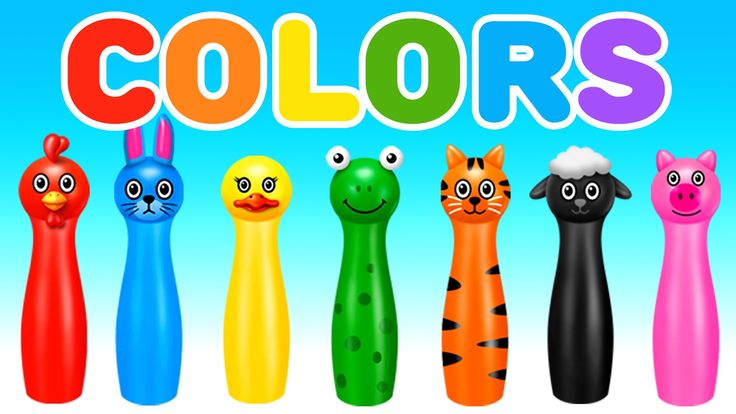 While mixing the paints on the page, they naturally mix together, revealing new colours.
While mixing the paints on the page, they naturally mix together, revealing new colours.
Be deliberate and only offer two colour paints so kids can see the colours mixing.
28. Pass the Parcel
Play a game of Pass the Parcel, wrapping each layer in a different colour of gift wrap or tissue paper. As each layer is removed, the child unwrapping it must name the colour.
29. Categories Game
The categories game is a fun circle game and you can use it to teach any concept.
Pick a colour and go around the circle, naming things that are typically of that colour. Each child must add one item to the list, without repeating any.
Or, try another variation with older kids and do a round of naming colours. Kids will start with the easier colours and then need to remember less common colours such as peach, magenta, maroon, etc.
30. Broken Telephone
Play a round of the Telephone Game by using colours as the phrases to whisper. Use phrases such as light blue, violet and deep red to make it more challenging.
31. Make a Rainbow
How about a little science experiment? Teach children about light by making your own rainbow.
Get FREE access to Printable Puzzles, Stories, Activity Packs and more!
Join Empowered Parents + and you’ll receive a downloadable set of printable puzzles, games and short stories, as well as the Learning Through Play Activity Pack which includes an entire year of activities for 3 to 6-year-olds.
Access is free forever.
Signing up for a free Grow account is fast and easy and will allow you to bookmark articles to read later, on this website as well as many websites worldwide that use Grow.
- Share
Colors for Kids: Teaching Colors to Children
Children usually learn about color during their preschool years. The ability to identify colors is considered a marker and milestone in a child’s cognitive process and is often part of early screening for development and educational admittance.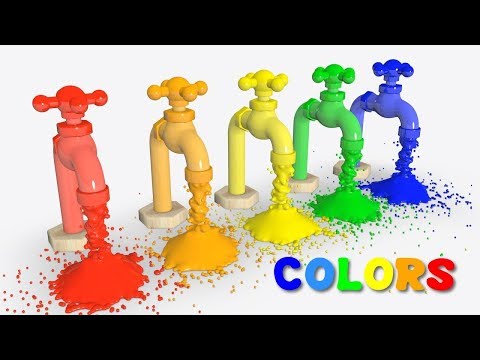 Recognizing the colors and identifying the color names is an important part of a child’s development. Early identification of colors helps to create the cognitive link between visual clues and words.
Recognizing the colors and identifying the color names is an important part of a child’s development. Early identification of colors helps to create the cognitive link between visual clues and words.
Tips on Teaching Children Colors
Children need to first acquire informational pieces before they can begin to understand color as a concept. It might seem simple as blue is blue, before the concept of color is understood. Children don’t have the ability to understand that light blue and navy are both blue and they also lack the verbal skills to explain that to you. Along with learning what each color is called, children need to understand what color represents; it’s not size, nor shape, nor the name of the object, nor the texture, not the number of things showing. Constant repetition and expanding on what colors are and what they are not will help any child understand what the actual word color means.
After that, teaching colors to children is usually easy. Children are naturally attracted to bright colors, which is why most toys and activities geared towards younger children, including toddlers and babies, are brightly colored.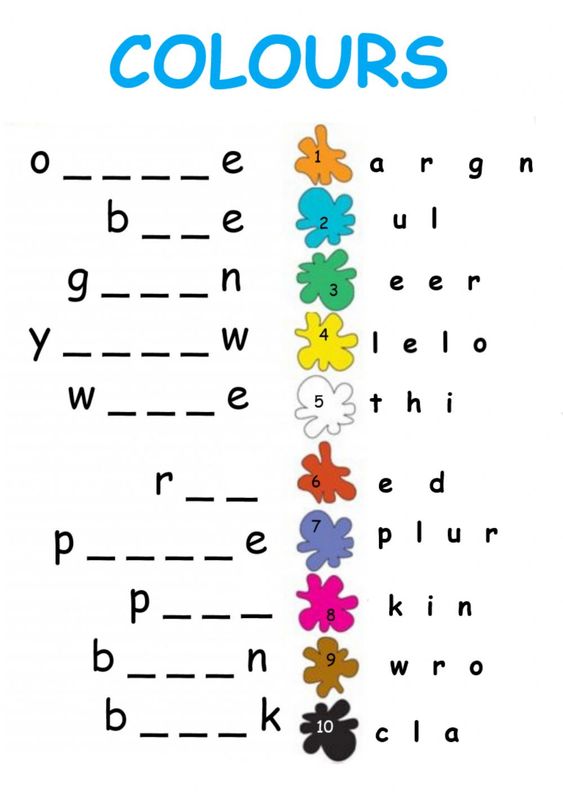 During the preschool years, children have a natural affinity to understand their world around them. Surrounded by a world of color it is easy to use daily opportunities to discuss colors. Of course, since teaching color recognition to children is so important, there are many tools that can be used by parents and educators alike to help children learn about color.
During the preschool years, children have a natural affinity to understand their world around them. Surrounded by a world of color it is easy to use daily opportunities to discuss colors. Of course, since teaching color recognition to children is so important, there are many tools that can be used by parents and educators alike to help children learn about color.
Learning About Colors Through Children’s Books
There are numerous children’s books to teach children about color form. The “chunky books” such as the “Happy Baby” series that usually mark a baby’s first “reading” experience, are books that are very educationally minded. Like toys geared for children, children’s books are a natural opportunity to not only teach children the differences between the colors and to identify them, but to also forget that connection between the written words and the colors they represent. The best children’s books to teach color combine a child’s interest, with a great story, and colorful illustrations making reading experience completely enjoyable.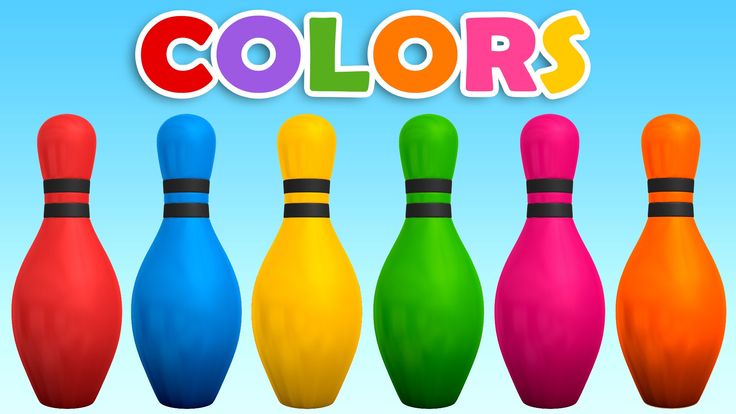 Children’s Book Guide.com has a great list of children’s books that will provide many opportunities for parents and educators to teach color to children without them even realizing that a lesson is at hand.
Children’s Book Guide.com has a great list of children’s books that will provide many opportunities for parents and educators to teach color to children without them even realizing that a lesson is at hand.
One of our favorites from the list is Eric Carles’ “Brown Bear, Brown Bear, What Do You See” Considered a staple in many a preschool classroom, this classic has been a must have for children learning about color since its publication as Carle’s first illustrated children’s book in 1967. Republished in 2007, “Brown Bear, Brown Bear, What Do You See” is not the only one of Carle’s books that can be used to teach children colors. Known for his creative use of collage in his illustrations, Carle’s books go past a more generic use of flat colors, and allow children to experience nuance, patterns and a range of shades all in one color.
Games that Teach Children About Color
Along with books, many games use color in part to make them attractive to children while teaching them about color.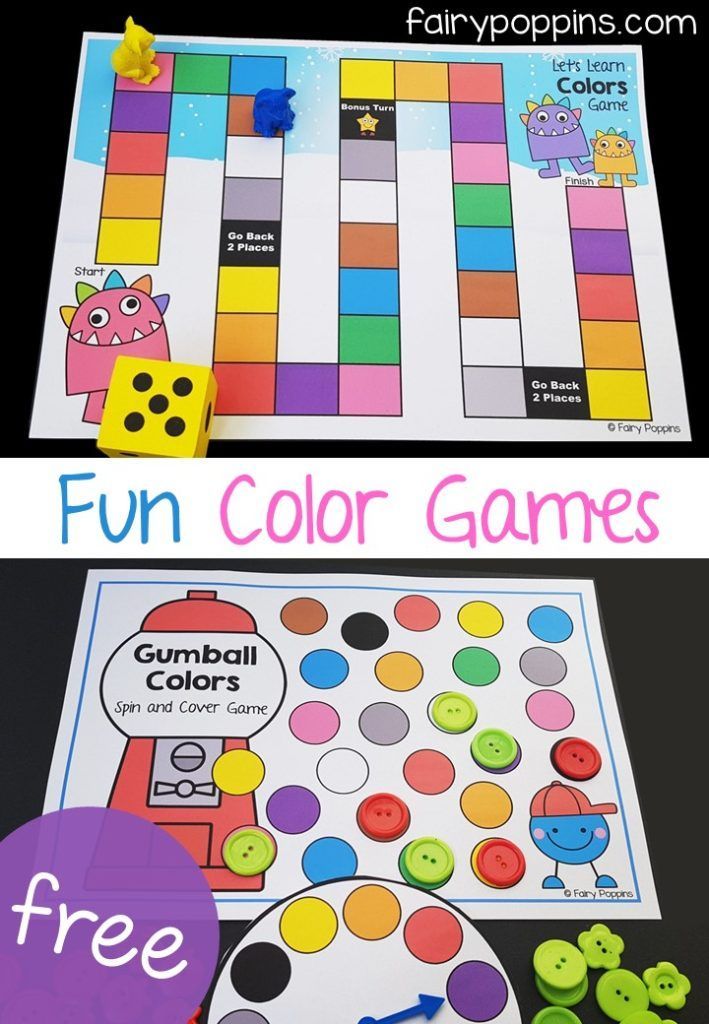
The classic children’s game, Candyland, is often a child’s first board game because of its use of color. Naturally appealing with its sugar coated fantasy, the board game doesn’t use a counter or dice, but color cards that dictate the child’s next move on the board. Along with color matching, Candyland also teaches counting skills, strategy, social skills and spatial reason to young children.
Color matching memory games are another way to induced color learning to children with a game. Based off the typical matching game of remembering where two like cards are to make a pair, preschool children have to compare colors and match the same ones together to win. Another game geared towards teaching child to match colors is dominoes. By removing the dots that require counting and increasing the size, Jumbo Color Dominoes.
Children Learning with Colors Flashcards
Since learning colors is such an important part of every child’s early education, schools and parents often turn to the more educational minded color flashcards.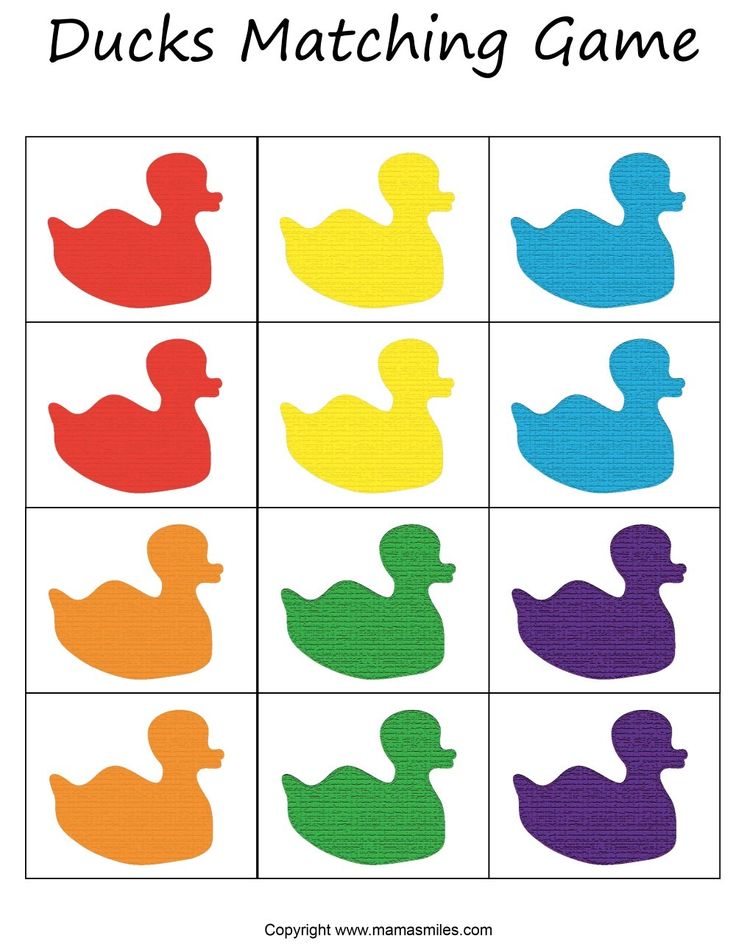 Color flashcards run a range from just focusing on color to inducing the words along with color as pre reading skills. Often color flashcards use shapes and teach basic counting skills along with color recognition. There are many different kinds of flashcards geared towards teaching children about color. They can be purchased directly, downloaded and printed form online sources, or crafty parents can even make their own with color card stock.
Color flashcards run a range from just focusing on color to inducing the words along with color as pre reading skills. Often color flashcards use shapes and teach basic counting skills along with color recognition. There are many different kinds of flashcards geared towards teaching children about color. They can be purchased directly, downloaded and printed form online sources, or crafty parents can even make their own with color card stock.
Teaching Kids Color Online:
While so many of the tools used to teach children about colors are “classic” the internet and online games have also provided excellent opportunities for children to learn about colors. Some online color education tools focus on specific color skill like color recognition, matching and color concentration and might require the child to have some reading ability. Other’s such as Fishers Price’s Color and Shape game plays more like an interactive video and requires the very basic computer skills.
Teaching Color to Children Everyday
Of course, since color is a part of everyday life, there are many opportunities to teach children about color during every day living.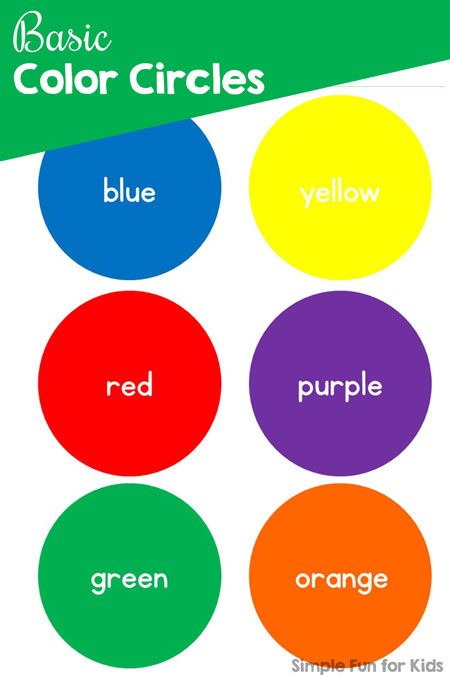 One way to teach children about color is to pick a new color each week and completely focus on that color with your food choices, activities, etc.
One way to teach children about color is to pick a new color each week and completely focus on that color with your food choices, activities, etc.
So, no matter what color you pick for the week, enjoy bringing the beauty of color to a young person while you teach a child about color. Do you have a favorite book or game that teaches color? We would love to hear your recommendations.
Posted by Albert Munsell.
Learning colors with a child 2-3 years old. Cards, tasks, poems.
In this section you will find guides and cards for learning colors with your baby from the age of two.
Color Poems with Pictures
Learning Colors Puzzle Cards
Print the puzzles, cut into 4 parts. Invite your child to assemble puzzles to make a rectangle of the same color.
Illustrative cards "Learn to mix colors"
First acquaintance with color
First of all, the child must remember the primary colors: red, yellow, blue and green.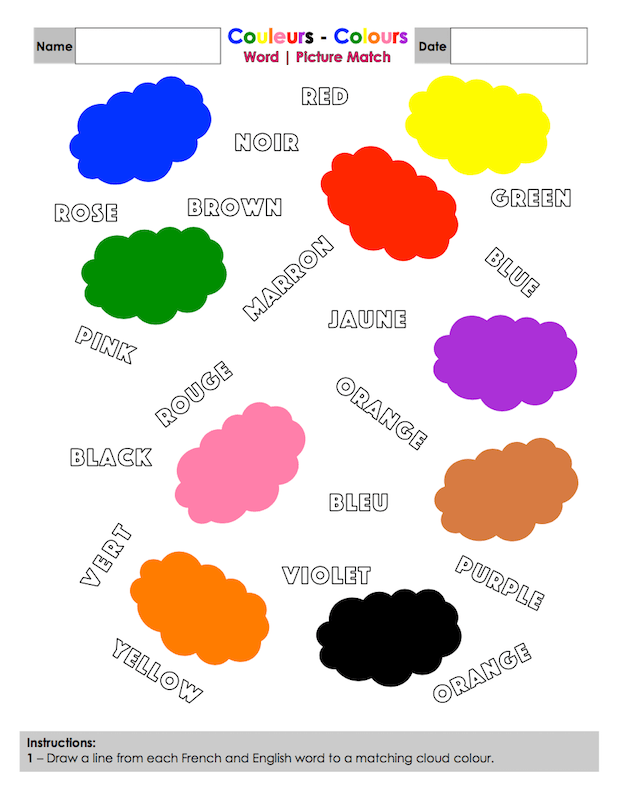 It is necessary to teach the baby to distinguish colors consistently and gradually.
It is necessary to teach the baby to distinguish colors consistently and gradually.
Red
Find red items
Look at the pictures with your child. Name them. Slowly find red items in the pictures. Then, together with the child, look for red objects around: at home, on the street. And only when the baby will clearly find and name objects of red color, you can move on to yellow.
Yellow
Learning to distinguish between red and yellow
Ask the child to show an object of a certain color in the pictures, for example: - Show a red pencil. Now show the yellow pencil, etc. Explain to the baby why the chicken is drawn only in yellow.
Green color
Find what's green. Choose what's yellow." Offer your child a more difficult version of the game.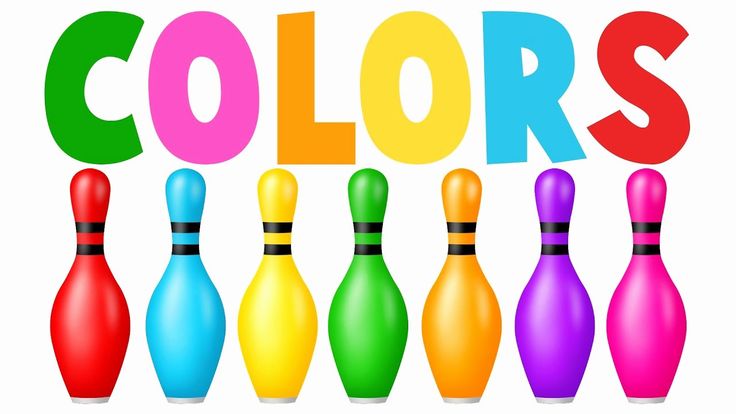 Pointing to the picture, ask: “What tomato? What is a pear? ”, Encouraging the child to pronounce the names of flowers.
Pointing to the picture, ask: “What tomato? What is a pear? ”, Encouraging the child to pronounce the names of flowers.
Blue
Learning to distinguish between green and blue
Find everything green.
Learning to distinguish red, yellow, green and blue colors
Ask the child: “Show me and name what is red. What is blue? What's green? What is yellow? Tell me what color the cube is. What color is the scoop?
Arrange in boxes
Look at the pictures with your baby. Ask to find red, green, blue and yellow boxes. Draw the child's attention to the objects in the frame. They need to be put away. Ask the kid: “Where do you think we will put the bow?” If the child shows correctly (red bow in a red box), take a pencil and connect the bow and box together with a line. If the task causes difficulty, show the baby a bow and ask: “Where is the same box?”
Match the dolls with clothes
Say to the child: “Let's help the dolls get dressed”.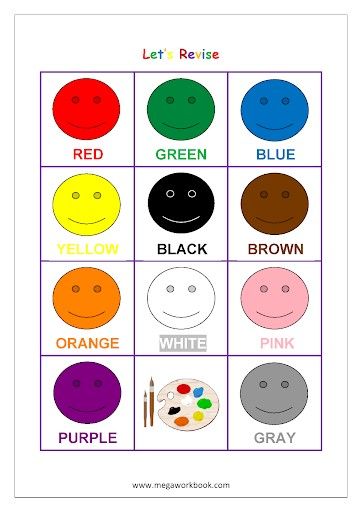 Draw the baby's attention to the doll with the red bow and ask: "What coat do you think this doll will wear?" Connect the doll and coat of the corresponding color with a pencil. Thus, "put on" coats, boots and hats for all dolls.
Draw the baby's attention to the doll with the red bow and ask: "What coat do you think this doll will wear?" Connect the doll and coat of the corresponding color with a pencil. Thus, "put on" coats, boots and hats for all dolls.
❤️ 25
🔥 9
900 02 😁 4 9000 2 😢0003👎
🥱
Please rate the material.
Rating: 5 / 5. Number of ratings: 144
Help make the materials on the site better for the user!
Write the reason for the low rating.
Thank you for your feedback!
If you liked it, please share with your friends.
Viewed 4427 time(s)
Learn shapes and colors for kids
Description
Learn Shapes and Colors - Educational and educational games for kids and toddlers.
Together with the rabbit, we will go to visit his girlfriend. Along the way, we learn to distinguish shapes and colors, solve logical problems, sort objects, and train our memory.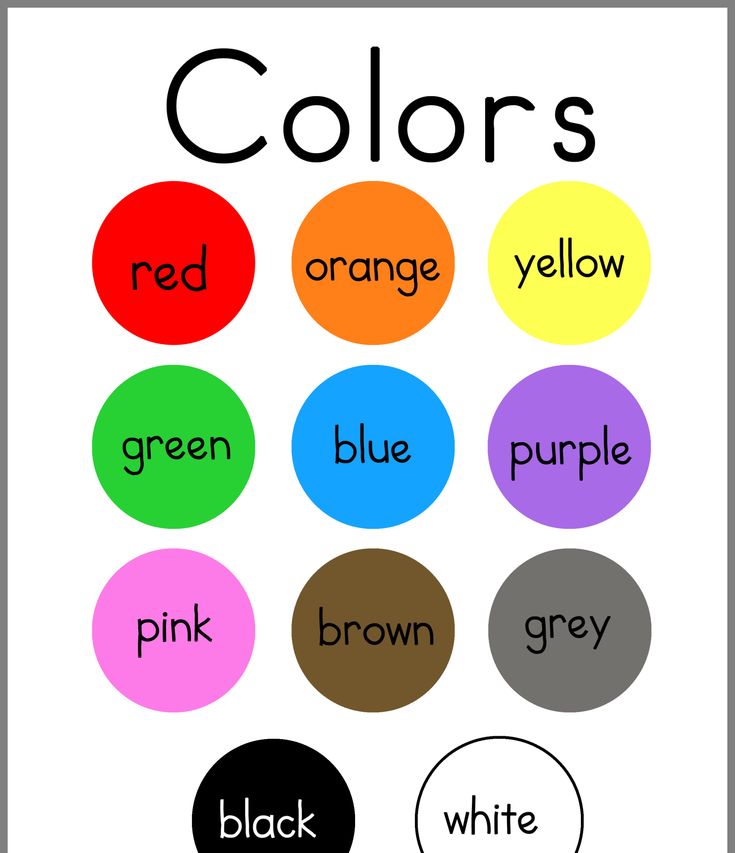
There are 6 fun games in the app:
- COLORS: find an object by color
- SHAPES: identify the shape of an object
- LOGIC: a logic game with colorful shapes
- MEMORY: a game for training memory and developing intelligence
- OBSERVATION: find the same items
- SORT: find shapes
The application "Learn shapes and colors for kids" is aimed at developing spatial thinking, fine motor skills, memory training.
Children's game "Learn shapes and colors for kids" will help your baby to distinguish colors and shapes.
The game is intended for children aged 2-3-4 years.
We also advise you to pay attention to our other educational applications for children. We not only learn fun letters, sounds, the alphabet together, but also numbers, shapes, colors, simple mathematical operations. We create children's educational and educational games for you and your children.
We are open to all your wishes! Send your suggestions to support@catdonut.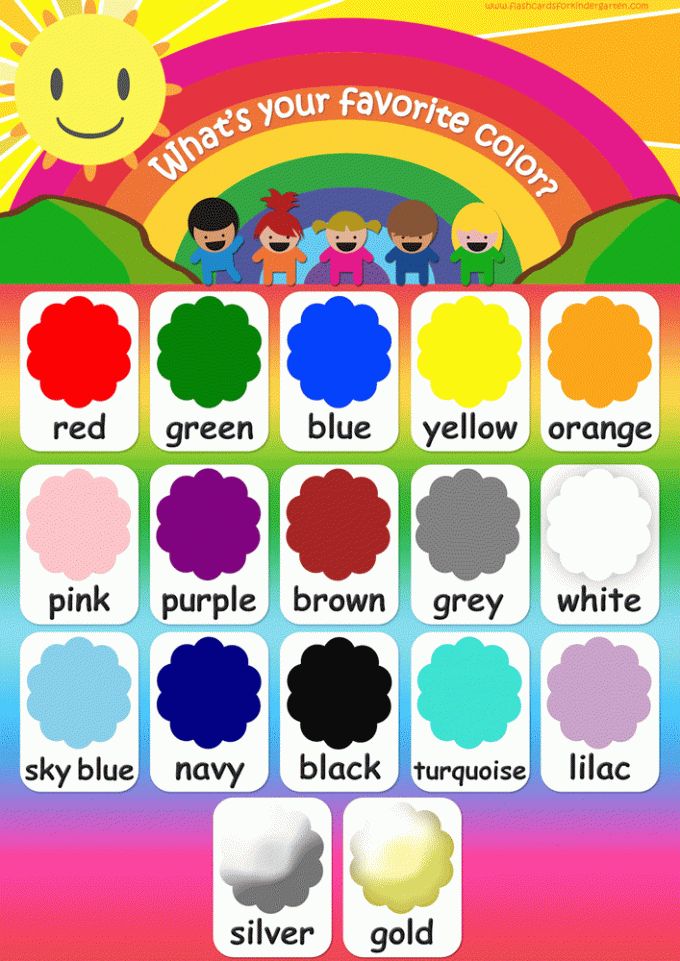 com.
com.
If you like our application and want to continue, please rate it.
Version 1.6
The app has been updated by Apple to display the Apple Watch app icon.
Spring is coming. The rabbit cleans the snow, buys carrot seeds and fixes small bugs in the app.
Ratings and reviews
Ratings: 839
Great game ‼️
I liked everything very much
smart rabbit
A good application, my son and I really liked it 1.8, drive around the screen only with my help, but it solves tasks, it’s very useful, and you need to think and move pictures around the screen, just for development)) plus live pictures and various interesting tasks! For children after 3 years in general, I think it will not be interesting already.
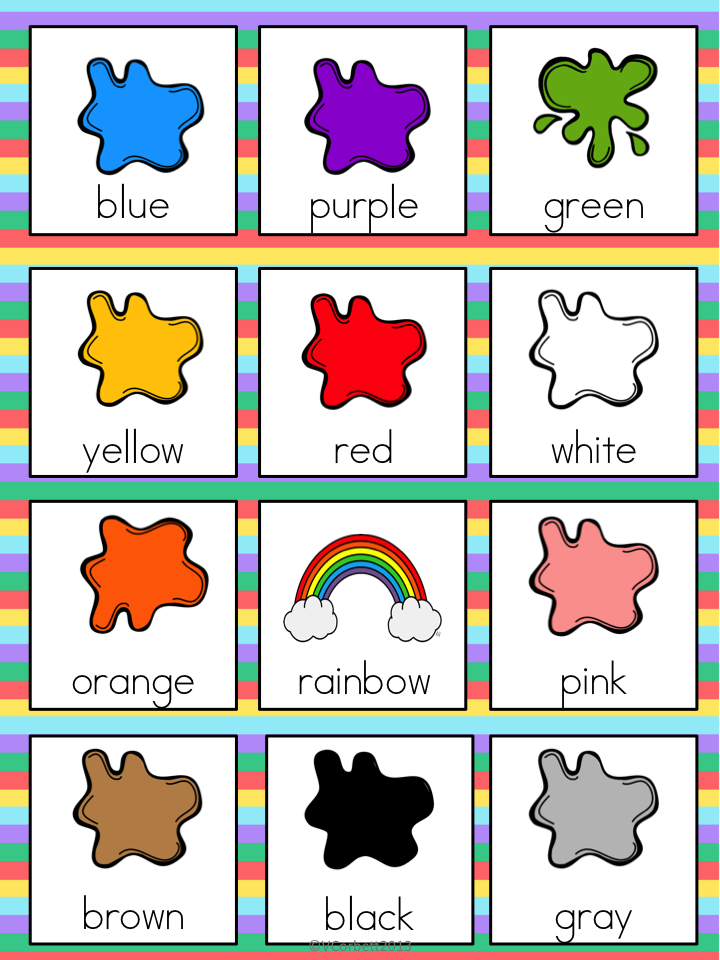
Learn more

